Choosing the perfect wedding dress is one of the most exciting (and sometimes overwhelming) parts of planning your big day. A crucial factor that often gets overlooked is the fabric of the dress. The fabric you choose not only affects the overall look and feel of the dress, but it also plays a significant role in how comfortable and flattering the gown will be. Each fabric has its unique qualities, so it’s important to understand the benefits of different wedding dress materials to make an informed decision. In this article, we break down the most popular wedding dress fabrics and highlight their benefits.
1. Satin: Classic and Timeless
What is Satin? Satin is a luxurious fabric known for its smooth, glossy finish. Traditionally made from silk, modern satin is often created from synthetic fibers like polyester, but the rich, shiny appearance remains the same.
Benefits of Satin:
- Elegant Shine: Satin’s glossy surface reflects light, giving it a sophisticated, almost ethereal quality. This makes it an excellent choice for brides who want a glamorous, high-fashion look.
- Structure and Body: Satin is a heavier fabric, which helps the dress hold its shape well. It’s ideal for ball gowns or dresses with voluminous skirts, providing structure without feeling too stiff.
- Durability: While satin has a luxurious feel, it’s also durable, making it suitable for long wedding days.
- Versatility: Satin can be used in a variety of styles, from sleek and simple gowns to those with intricate draping and detailing.
2. Lace: Romantic and Delicate
What is Lace? Lace is a delicate fabric typically made from threads of cotton, silk, or synthetic fibers. It is characterized by intricate patterns and designs that are often floral or geometric in nature.
Benefits of Lace:
- Timeless Romance: Lace has a long history in bridal fashion and is often associated with vintage and romantic wedding styles. It adds a layer of elegance and femininity to any dress.
- Lightweight: Lace is typically a lightweight fabric, making it comfortable to wear for long periods.
- Versatility: Lace can be incorporated into any style of wedding dress, whether it’s used for the entire gown, as an overlay, or simply for accents like sleeves or a bodice.
- Textural Interest: Lace offers a lot of visual interest, and its intricate patterns can be stunning against other fabrics like satin or tulle.
3. Tulle: Soft and Airy
What is Tulle? Tulle is a lightweight, sheer fabric with a slightly stiff texture that is often used in wedding dresses for skirts, veils, and other decorative accents. It is typically made from nylon, silk, or polyester.
Benefits of Tulle:
- Light and Fluffy: Tulle is the perfect fabric for creating voluminous, princess-like skirts. It adds body without weighing you down, making it ideal for brides who want to achieve a dramatic look without the heaviness.
- Soft and Feminine: Its delicate, airy nature adds a soft, romantic feel to any dress. It can be layered to create a full skirt or used sparingly for soft, billowy sleeves.
- Perfect for Layers: Tulle can be layered with other fabrics like satin or lace for a multi-dimensional effect, adding texture and interest to your gown.
- Great for Veils: Tulle is also the fabric most commonly used in bridal veils, as its lightweight and sheer qualities create a graceful look that complements any dress style.
4. Organza: Sheer and Flowy
What is Organza? Organza is a thin, sheer fabric that is often made from silk or polyester. It is known for its crisp, structured feel, which gives it a stiffer quality than other sheer fabrics.
Benefits of Organza:
- Light and Breezy: Like tulle, organza is incredibly lightweight and airy, offering a soft, romantic look while allowing freedom of movement.
- Structured yet Flowing: Organza holds its shape well, making it a great choice for creating layers or volume in skirts, sleeves, or overlays without feeling heavy.
- Elegant Sheerness: The sheerness of organza allows for interesting layering effects with other fabrics, offering a sophisticated balance of coverage and translucence.
- Great for Layering: Organza is perfect for brides who want a more structured look but with a soft, ethereal quality. It’s often used in skirts or overlays for added texture and volume.
5. Mikado: Rich and Textured
What is Mikado? Mikado is a blend of silk and nylon that creates a fabric with a subtle sheen and a textured feel. It is heavier than satin but maintains the luxurious look of silk.
Benefits of Mikado:
- Soft and Comfortable: Mikado has a soft feel against the skin but is substantial enough to create a dress with body and structure.
- Rich Appearance: Mikado’s slightly matte finish combined with its slight sheen gives it a rich, sophisticated look that is perfect for formal weddings or brides who want a modern, elegant gown.
- Flattering Structure: The fabric holds its shape well and doesn’t cling to the body, making it ideal for A-line or ball gown-style dresses.
- Durability: Mikado’s sturdy construction makes it a practical choice for brides who want something that will withstand the long hours of their wedding day while maintaining its beauty.
6. Chiffon: Light and Flowing
What is Chiffon? Chiffon is a lightweight, semi-sheer fabric made from silk, polyester, or nylon. It’s known for its soft drape and airy feel, often used for dresses with flowy, ethereal silhouettes.
Benefits of Chiffon:
- Breathable and Comfortable: Chiffon’s lightweight nature makes it comfortable to wear in warm weather or for longer wedding days.
- Graceful Draping: Chiffon’s fluid drape creates an elegant, flowing effect, making it ideal for brides looking for a relaxed, romantic gown.
- Versatile: Chiffon can be used in a variety of wedding dress styles, from casual beach weddings to formal ceremonies. It pairs well with other fabrics, like satin or lace, for added texture and dimension.
- Flattering on All Body Types: Due to its flowing nature, chiffon can be flattering for a variety of body shapes, as it drapes softly over the body without clinging.
7. Crepe: Modern and Sleek
What is Crepe? Crepe is a fabric with a slightly textured surface that can be made from silk, wool, or polyester. It is known for its matte finish and smooth, body-hugging qualities.
Benefits of Crepe:
- Sophisticated and Chic: Crepe is a great choice for brides who want a modern, streamlined look. Its smooth, structured appearance exudes sophistication and elegance.
- Flattering Fit: Crepe’s stretchiness allows it to hug the body and create a flattering, figure-defining silhouette without being too tight or uncomfortable.
- Wrinkle-Resistant: Crepe is less likely to wrinkle, which makes it an excellent fabric for a wedding dress that will be worn for many hours.
- Ideal for Simple Gowns: Crepe is perfect for brides who prefer minimalist designs, as its smooth texture allows for a sleek, understated aesthetic that highlights the beauty of the fabric itself.
Conclusion: Choosing the Right Fabric for Your Wedding Dress
When choosing the perfect wedding dress fabric, it’s essential to consider the overall look you want, the season of your wedding, and your comfort level. Each fabric has its unique qualities, and understanding the benefits of each will help you choose the one that best fits your personal style and wedding vision. Whether you opt for the classic elegance of satin, the romantic allure of lace, or the airy softness of chiffon, the right fabric will make you feel confident, beautiful, and ready to walk down the aisle on your special day.
-
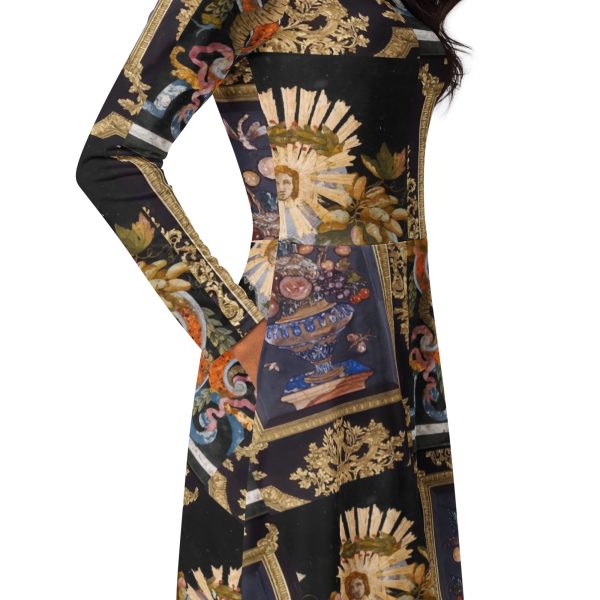 Black Gold Designer Midi Dress$158
Black Gold Designer Midi Dress$158 -
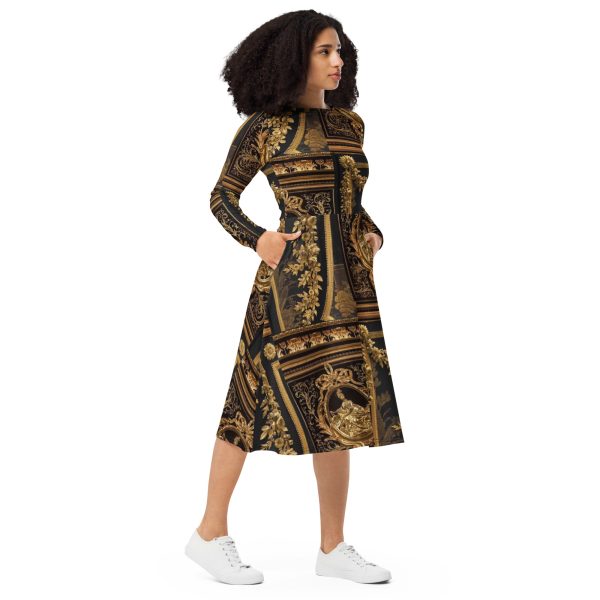 Black Gold Midi Dress$158
Black Gold Midi Dress$158 -
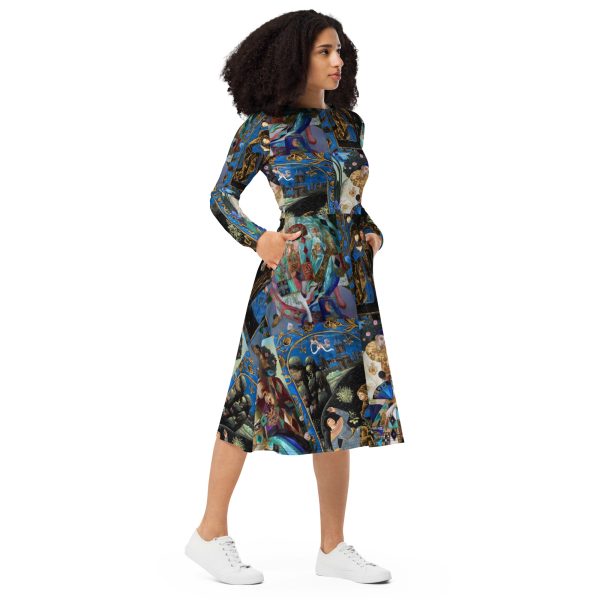 Long Sleeve Midi Dress$158
Long Sleeve Midi Dress$158 -
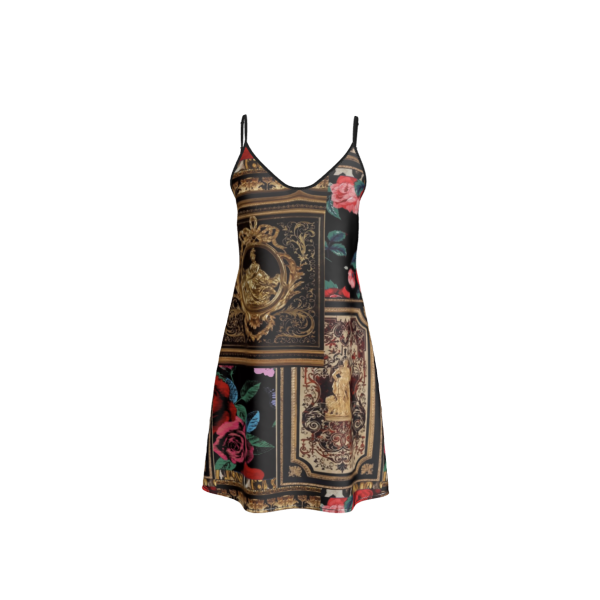 Short Silk Slip Dress$248
Short Silk Slip Dress$248 -
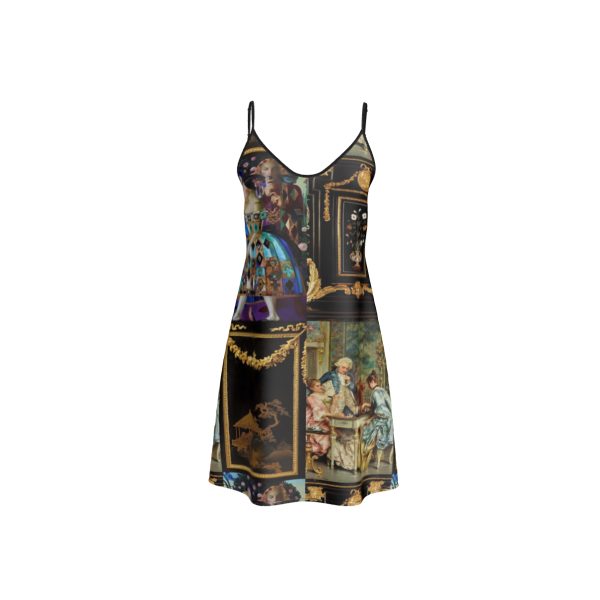 Short Silk Slip Designer Dress For Women | Black Luxury Gold$248
Short Silk Slip Designer Dress For Women | Black Luxury Gold$248 -
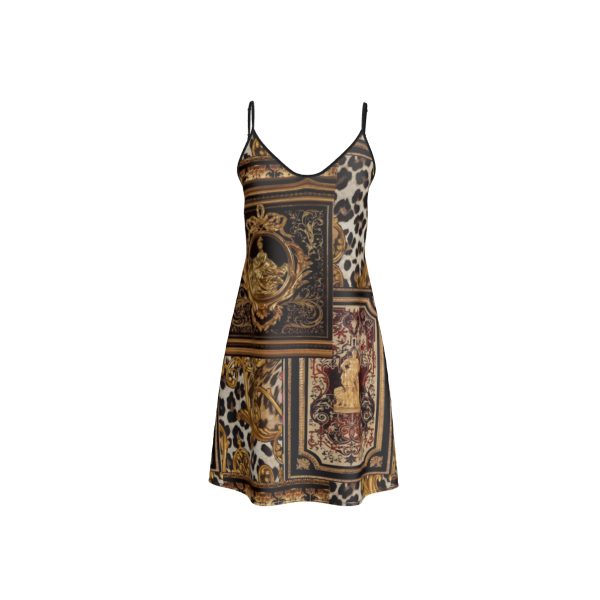 Short Silk Slip Designer Dress For Women | Luxury Baroque Gold Leopard Print$248
Short Silk Slip Designer Dress For Women | Luxury Baroque Gold Leopard Print$248 -
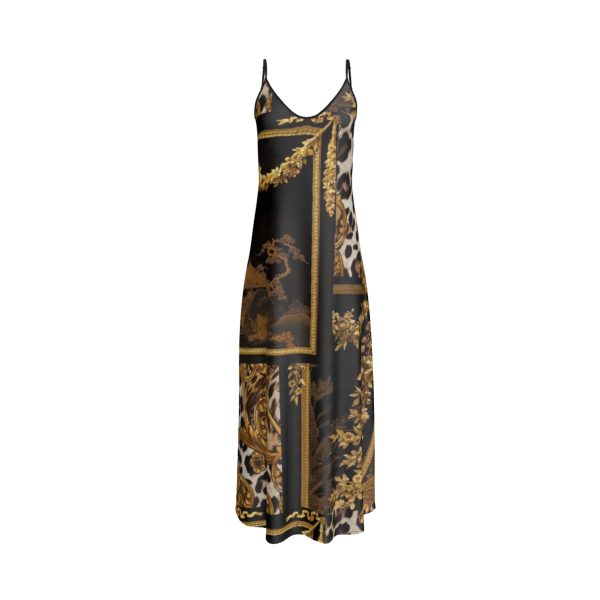 Long Silk Slip Designer Dress For Women | Black Luxury Baroque Gold Leopard Print$248
Long Silk Slip Designer Dress For Women | Black Luxury Baroque Gold Leopard Print$248 -
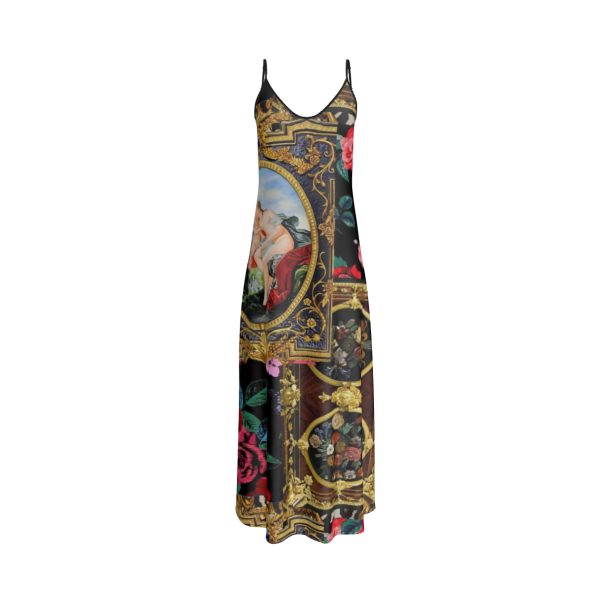 Long Silk Slip Designer Dress For Women | Black Luxury Gold Renaissance Art Floral$248
Long Silk Slip Designer Dress For Women | Black Luxury Gold Renaissance Art Floral$248 -
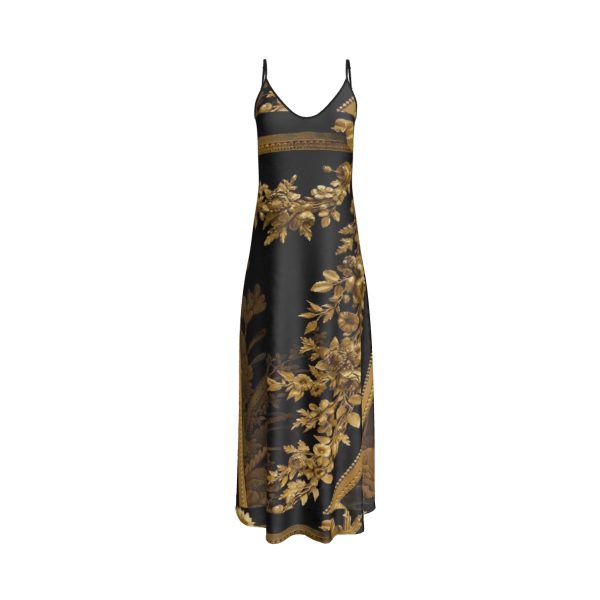 Long Silk Slip Designer Dress For Women | Black Luxury Baroque Gold$248
Long Silk Slip Designer Dress For Women | Black Luxury Baroque Gold$248